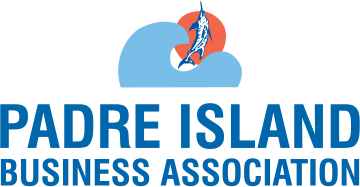July is designated as National Ultraviolet (UV) Safety Month. According to the
American Cancer Society, individuals with a high level of exposure to UV rays from
the sun have an increased risk of skin cancer, which is the most prevalent type of
cancer in the country. It is important to note that despite these statistics, skin cancer is
also one of the most preventable forms of cancer and can be avoided by reducing one’s
exposure to UV radiation. As such, I would like to share some important information
on the necessary precautions to take in order to safeguard against the damaging effects
of UV radiation this summer as recommended by the United State Department of
Health and Human Services (HHS).
One of the most important ways to protect oneself from overexposure to UV
radiation is to understand the risks. While the sun emits UV rays no matter the season,
exposure is greatest during the summer months, which also coincides with a time of
increased outdoor activity for most people. As one of the most popular tourism
destinations in the state, this is especially true in our area as both locals and visitors
alike spend more time outside participating in recreational activities such as fishing,
kayaking and swimming. It is also important to note that the sun’s UV rays are
strongest between 10 a.m. and 4 p.m. As such, HHS recommends seeking shade when
possible, during these hours to limit exposure.
Moreover, according to the Environmental Protection Agency (EPA), the
strength of the sun’s UV rays can vary from day to day due to many factors such as
changes in the weather. Limiting outdoor activity during days when the UV Index
forecast is high can also help reduce one’s chance of overexposure. You can check the
UV Index forecast to understand the exposure risks in our area daily by visiting Sun
Safety – The UV Index.
In addition to understanding your risk of exposure to UV radiation, another way
to reduce instances of skin cancer is by wearing protective clothing such as long-
sleeved shirts and pants. The Center for Disease Control (CDC) has also stated that UV
radiation is linked to many common vision issues such as cataracts. To protect against
damage from UV radiation, both the CDC and HHS recommend wearing broad-
brimmed hats and UV-blocking sunglasses.
According to American Cancer Society, wearing sunscreen is one of the most
important precautionary measures to take in avoiding overexposure to the sun’s
harmful UV rays. The United States Food and Drug Administration (FDA) recommends
generously applying broad-spectrum sunscreen to cover all exposed skin, which will
help protect against both ultraviolet A (UVA) and ultraviolet B (UVB) rays. The FDA
also recommends using a sunscreen with a sun protection factor (SPF) at a value of at
least 15. Sunscreen should be generously applied throughout the day, especially after
swimming and sweating.
This summer, I hope you will all join me in promoting UV safety by following
the recommendations outlined above. To learn more about the ways you can prevent
overexposure to UV radiation, please visit the HHS July UV Safety Month information
visit Fun and Breezy – Summer Safety Tips. To learn more about skin cancer,
including risk factors and early detection techniques, please visit American Cancer
Society.
If you have questions regarding any of the information mentioned in this week’s
article, please do not hesitate to call my Capitol or District Office. Please always feel
free to contact my office if you have any questions or issues regarding a Texas state
agency, or if you would like to contact my office regarding constituent services. My
offices are available at any time to assist with questions, concerns, or comments
(Capitol Office, 512-463-0672; District Office, 361-949-4603).
– State Representative Todd Hunter, District 32
Rep. Hunter represents Aransas County and Nueces County (Part). He can be
contacted at todd.hunter@house.texas.gov or at 512-463-0672.
